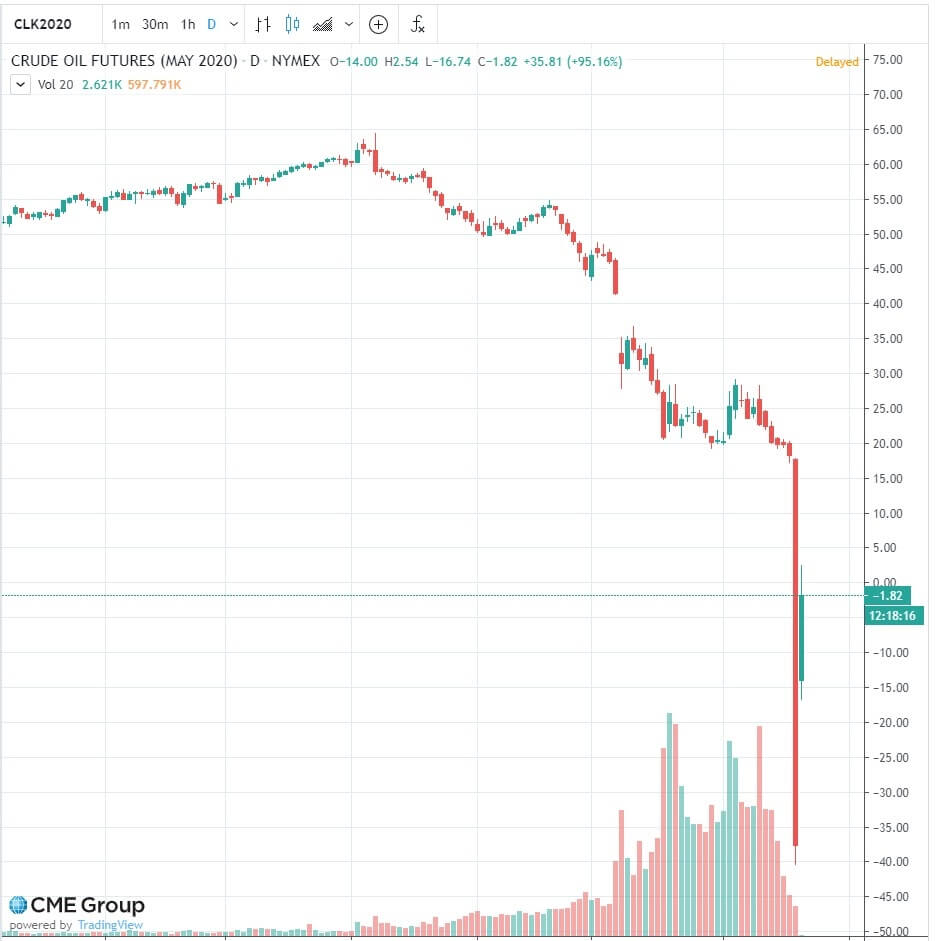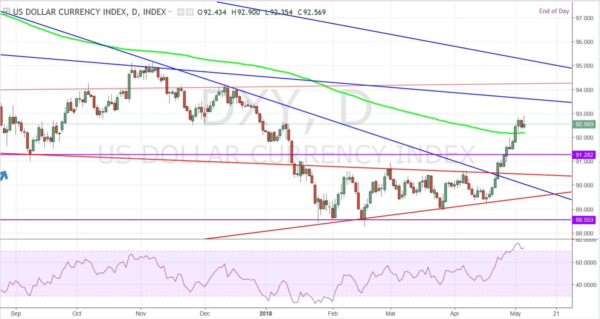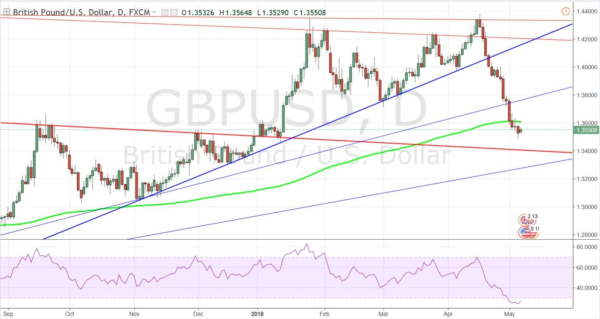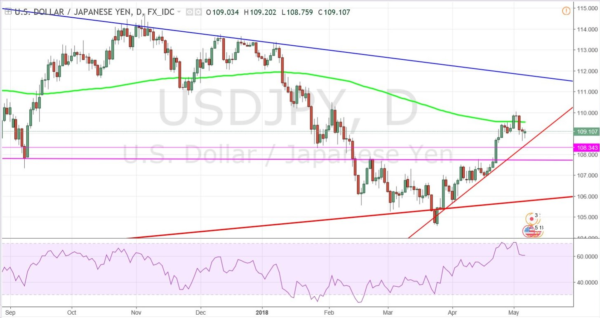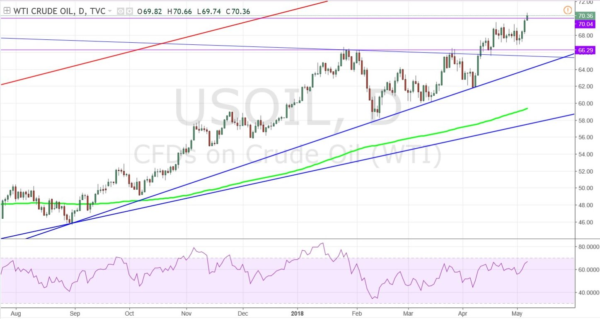Abstract
The current energy model is based on fossil fuels which can be extracted quickly and throughout history have been abundant resources on earth. But with an increase in population and its consequent demand for energy, energy sources have been reduced which has led to the prices of coal, oil and other raw materials fluctuating drastically, leading to booms and falls that have affected many economies because their main source of income is the exploitation of these resources. As has happened throughout the history of mankind with changes in demand, energy models change. At present, there are problems in the environment caused by the exploitation of fossil fuels, which has led many analysts and economies to rethink on which energy model their economies should be based.
The conventional energy model has sustained economic growth since the first industrial revolution for over 150 years and has been based on the extraction and combustion of non-renewable and finite fossil fuels such as coal, oil and natural gas. With globalization, the distribution and exploitation of these resources have been achieved through multinationals that allow countries that do not have good reserves of fossil energy sources to access these resources through imports.
But this conventional energy model has some drawbacks such as the generation of wealth but distributed unevenly where multinationals benefit mainly, the impact on the environment and the emission of polluting gases, the externalization of environmental and social costs. As the extraction sector requires so much capital, it is a sector with a high entry barrier where some companies cannot compete due to high-value auctions of mines and wells where these resources are located, which generates a high concentration of business and this ends up generating a concentration of wealth in a small group of companies.
The consequences of this way of generating energy, such as the acceleration of resource depletion, social and economic imbalances, inefficiency in the way energy is generated and climate change has generated a debate about whether it is time to change the energy model by one friendlier with the environment and one more inclusive with the local communities that generate wealth more equitably. The problem to change the energy model is the vast amount of energy consumption that depends on conventional sources, so it will not be easy to change from one model to another.
The main source of energy consumption in the world is non-renewable sources. The forecasts of the International Energy Agency speak of an oil demand of 116 million barrels per day for the year 2030 so with some forecasts it is believed that by 2050 there would be no more reserves. The same occurs with coal and natural gas that is estimated that the reserves will not reach more than 250 and 75 years respectively. It is for this reason that in the last years until 2014 the prices of raw materials had increased in an accelerated way showing that trend of reserves. What happened after 2014 was a decrease in demand in most commodities due to a change in the Chinese economic model as discussed in the article China and its economic predominance and the unconventional extraction of oil. In the next graph, you can see the price of gas and oil in the last years.

Graph 29. McGuire A. (2009, July 2). This Chart Compares Oil Price History to Natural Gas Price History. Retrieved November 25, 2017. From https://moneymorning.com/2015/07/02/this-chart-compares-the-oil-price-history-to-natural-gas-price-history/
The OPEC response to the crisis in commodity prices was to reduce the supply of oil to increase oil prices that reached below 40 dollars per barrel in 2016 when years before the crisis of 2007 came to be above $ 120 per barrel. OPEC had its beginnings in 1949 when Venezuela entered into talks with Iran, Iraq, Saudi Arabia, and Kuwait to exchange views and improve communication between countries regarding the oil market. Already in 1959, the need for cooperation became more evident because the multinationals that were in the producing countries began to pay less unilaterally to the producer countries in royalties which increased their profit margins but affected the countries that had the deposits.
After this behavior of the multinationals where they reduced the price of oil extracted in the countries with reserves to pay fewer royalties, but increased the price of refined oil, made the countries act forming a congress of producing countries where it was determined that this could not happen unilaterally if not that there should be negotiations prior to any decision. Such was the indignation of the producing countries that the Organization of the Petroleum Exporting Countries was constituted in 1960 by the governments of Venezuela, Kuwait, Saudi Arabia, Iran, and Iraq. The first thing OPEC did was to establish fixed royalty rates and the price that sold their product.
But the unrest continued due to the unfair behavior of the international oil companies, so they tried to establish state oil companies to compete. This was the first measure that was taken by the producing countries to control oil prices. From this measure and the OPEC interference in oil prices, many economists began to consider the oil market as an oligopoly where there are very few oil suppliers due to the power exercised by this organization and a high level of demand. But there is also another group of analysts who think that despite the existence of OPEC there are other factors that make the market competitive such as the reduction of reserves, the uncertainty of extraction of some countries and technological and environmental aspects.
What is true is that historically OPEC has not caused oil crises nor have generated sudden growth in oil prices. There may be news about the behavior of member countries of this organization that have an impact on financial markets and some volatility in assets linked to the price of oil. The drastic increase in oil prices between 2004 and 2008 was not due to OPEC’s organizational policies but to the uncertainty about the production capacity of the members.
The causes of the 2014 crisis in the oil market were mainly due to three factors. The first factor is the development of the extraction of unconventional hydrocarbons such as Fracking, which has allowed non-OPEC countries such as the United States to increase their production in an accelerated manner. In just six years the United States production increased close to 90% so that producing countries that found in this country as a net buyer of fuels now see it as competition from other markets such as Asia. In the following graphic, you can see a summary of how fracking works

Graph 30. (2017, March 17). Fracking. Retrieved November 25, 2017. From http://www.goveonline.com.au/fracking/
The second factor that determined the crisis of recent years was the decision of OPEC to maintain its production unaltered so as not to affect the market share of each country that was a member of the organization. This factor was added to the first, so the offer increased considerably.
And the third factor was the weak demand for raw materials including oil due to the change of the Chinese economic model and the weak demand of European countries, all products of the crisis of 2007 that affected the growth of most countries in the world and his recovery was very slow.
The winners of this oil crisis were the importing countries of oil and other raw materials since the low costs of these energies increased the purchasing power of the households generating an impulse in the local consumption of each country. The losing countries obviously were the exporting countries due to the reduction in extraction royalties and therefore the revenues of the governments. Given the above, there were taxation pressures and some countries entered crises like Venezuela that needed higher prices to be able to carry a huge social expenditure.
The prospect of the future of raw materials is complicated. In 2017 prices have recovered slightly but far from reaching the prices reached by the raw material before the crisis thanks to the reduction of supply by the countries belonging to the OPEC. Given the unstoppable proliferation of unconventional extraction platforms, the evolution of the supply will depend on the next agreements that the members of the organization can reach to control production.
Currently, although the OPEC countries are complying with the cuts promised in the offer, the number of new platforms in the United States is such that prices have seen prices above $ 50 a barrel, but not beyond this point due to the low production costs that non-conventional producers need to have benefits in their activity. Fracking is a technique used to extract oil and gas that has been impregnated with rocks and is difficult to obtain with conventional methods. For this purpose, water and chemicals that expel hydrocarbons to the surface are injected into the subsoil.
The measures taken by OPEC have had a negative aspect in their interests since as the price has risen with the agreements they have reached, the opening of wells in the United States and other non-member countries that previously were not profitable has been propitiated, but with the new prices, they generate economic benefits.
But as has happened throughout history since industrial development, energy transitions occur when the behavior of people changes. In the first epochs of mankind in the underdeveloped agrarian economies, the basic needs of food were satisfied by simple forms of agriculture that had an energy source, solar energy. As the economies develop, they become more complex and depending on these changes, the uses and sources of energy also change.
Each stage of economic development has been accompanied by an energy transition from one source to another. That is why, in the 21st century, we are seeing a transition in the energy sources from fossil fuels to renewable energy sources and this change is mainly due to the concern about environmental impacts, the limits in the reserves of fossil fuels, prices of raw materials and technological changes. The lifetimes of fossil fuels could be extended thanks to the technological innovations that are more efficient and make the extraction activity more profitable, but what could be decisive when changing the energy model is the concern about the impact on the environment that humans have caused.
Because much of the capital invested and the infrastructure of the economic system of the main modern economies are based on the extraction and use of fossil fuels, the total change of infrastructure for new technologies will not be easy or cheap. The financial and private markets will play a crucial role in this process due to the large amount of money that is needed as well as the help of the governments of each country.
Up to a certain point renewable energy are unlimited since their sources are provided by nature and you can have a daily supply such as solar energy and wind energy that has no limit. But not all countries are the most suitable to have any type of energy since they also depend on their geographical location. In some states of the United States, solar energy is more appropriate than in Africa and the Middle East. Unlike other countries in Europe, South America and part of the United States that should implement wind energy.
What is certain is that all countries in the world have some renewable energy resources, although the availability and cost of use are variable. But after the economies achieve the coupling to new technologies renewable energies will help to save money due to lower costs since it is a constant source of energy. They will also compensate for the effect that unemployment generates due to the disuse of non-renewable energies since in the transition new types of employment will have to be created, specializing in clean energies.
In conclusion, we are in a time of change where the rethinking of the energy model is not abnormal. This has happened periodically throughout history since energy models correspond mainly to the needs of people and the technologies available in its time. The current situation of the extraction sectors is complicated due to two main factors, which are the new global awareness of environmental care and the appearance of new technologies such as Fracking. We are in a moment of transition where society has considered the cost-benefit of the use of non-renewable energies and it’s clear that the cost generated using these sources is quite high to continue with the current model.
©Forex.Academy



